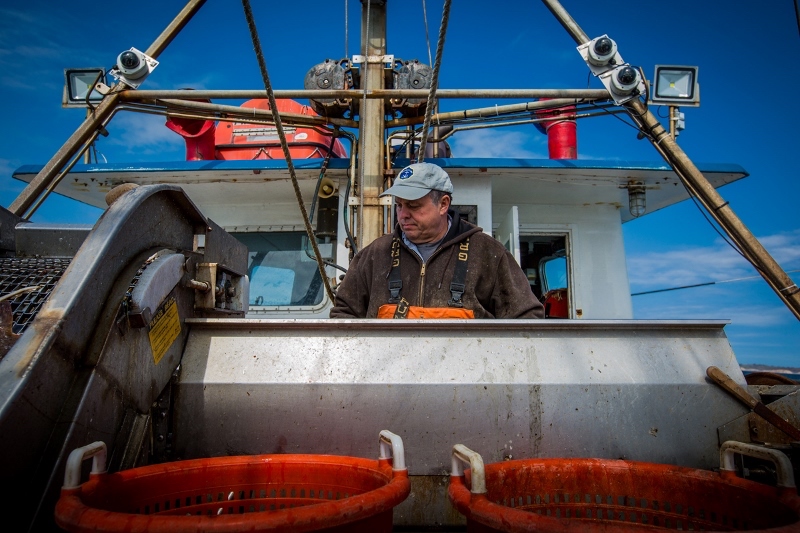The Northeast groundfish fleet will move toward 100 percent observer coverage – so long as full government funding if available, the New England Fishery Management Council decided in approving Amendment 23 to its multispecies plan Wednesday.
While most fishermen dispute the need for blanket coverage – whether by at-sea observers or electronic systems – the final amendment offers some temporary respite, in specifying that costs will be 100 percent reimbursed by federal funding for the first four years.
If federal funding is insufficient, industry will pay for a default of 40 percent coverage. In the third year of the program, the council will review results and could reset the requirements for year five.
It’s expected the amendment, if approved by NMFS, could take effect in 2021. The compromise devised by council members came a day after Massachusetts Gov. Charles Baker wrote to council chairman John Quinn, urging a solution to monitoring costs.
At around $700 a day, requiring full monitoring on every trip would drive much of the fleet out of business, fishermen warned.
“As the Council faces a critical decision regarding the future of monitoring in the groundfish sector, it does so at a time when the fishing industry continues to adapt to the economic impacts created by the covid-19 pandemic while simultaneously continuing to provide an essential supply of nutritious, local food for Massachusetts families,” Baker wrote.
“The decision made by the Council stands to have long term impacts on the fishing industry at a time when it is essential to protect the Commonwealths working ports and fishing families. For that reason, I urge the Council to devise a program that accounts for the cost of trip monitoring and does not place that financial burden on the industry.”
Jackie Odell, executive director of the Northeast Seafood Coalition, said the fishermen’s group “feels the council punted.”
“High levels of monitoring is not the concern,” she said. “It's the fact that the analysis never clearly quantified bias to a level that would justify selecting a specific coverage rate that met the goals and objectives of the action and fulfilled Magnuson requirements. The benefits vaguely promised did not justify the costs.”
Monitoring is important and needs more tools and advances in electronic technology, said Odell.
“Maximizing the value of collected catch data - offering benefits to those businesses paying is also essential. The Council never addressed some of these critical items,” she said.
Federal funds to support groundfish monitoring “will end sooner rather than later” and the council will still in the future need to “address the critical affordability component that this action didn't,” said Odell.
The Environmental Defense Fund said electronic monitoring should be the way to go.
“Broader use of electronic monitoring presents a great opportunity to cost-effectively meet monitoring needs while reducing public and private cost burdens. Electronic monitoring has been piloted in New England and its expanded use should be a cornerstone of effective monitoring going forward,” said Eric Schwaab, senior vice president of the group’s oceans program.







